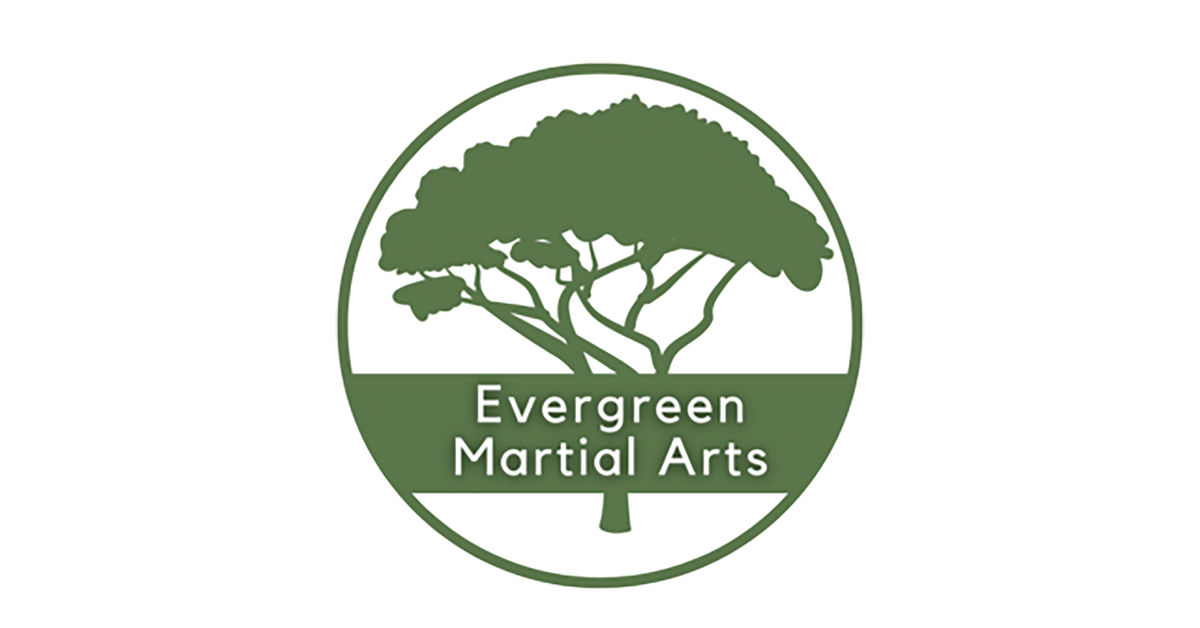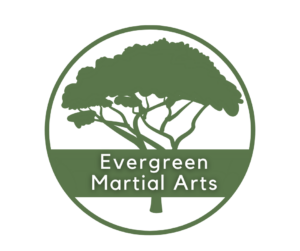
In the US, Isshinryu has historically been taught via the studio route. Very public schools, run as successful businesses, spread the art widely across the country. Spectacular demonstrations led this process, with board breaking, group kata performance, and even practitioners laying on a bed of nails as cement blocks are broken on their abdomens with sledge hammers. Competitions were high profile at times, involving free sparring, and solo form divisions.
In Okinawa, this was driven by a mistake Shimabuku made. His USMC students were typically stationed there for brief periods, 1-2 years, if I am not mistaken. Some of his students were nonetheless quite focused in their studies. As a result, Shimabuku gave very high dan ranks to a number of dedicated practitioners, with the written caveat that the rank was only valid after 10-15 years of training. Many of these students came home to the US, declared themselves masters of the art, and went about building their empires. Unfortunately, the limited nature of their tuition logically limited the nature of their understanding, and they taught a limited version of Isshinryu.
One thing that drove the success of these early American practitioners was that they were US Marines. They began their training with Shimabuku already in very good physical condition, very used to hard training, and already well trained to be very aggressive. This carried over into what was taught, and Isshinryu made a name for itself here. However, learning the depth of the art takes a lot of time, and many of these individuals retained no further connection to Okinawa. In fact, for being the “One Heart Style”, Isshinryu politics have been characterized with a bewildering array of organizations and divisions.
Fortunately, some practitioners did return time and again to train in Okinawa. And Shimabuku taught his son-in-law, Angi Uezu, to a very high level. Uezu traveled to the US frequently as Shimabuku’s personal representative, and some American Isshinryu systems maintained strong, long-term ties with him. One concept he taught is known as “Shiage”. This word means “polishing”, and refers to the lengthy process of creating a sword. The deeper skills of the art are not simple or easily acquired. They can only be had with patience and persistence over time.
To believe that Isshinryu is the katas and the basic exercises alone is simply ignorant. But, this is exactly where the divided nature of Isshinryu has ended up in the US. It has gone so far that many Isshinryu branches have no idea what kote kitae drills are, or that they’re part of Isshinryu, or even how deep the self-defense techniques go.
